Rohan Khattar Singh, Fair Observer’s Video Producer, speaks with Aidan Grogan, a Liberty University history PhD student and Young Voices contributor, and Kaitlyn Diana, an Associate Editor at Fair Observer. Together, they explore the causes and consequences of America’s declining fertility rate within the broader global population crisis that figures like Tesla CEO Elon Musk have highlighted.
Fertility crisis in America?
Grogan sets the stage with stark data: America’s fertility rate stands at 1.6, well below the replacement level of 2.1. This shortfall mirrors a global trend — two-thirds of the world already lives in countries with below-replacement fertility and 95% of nations are projected to reach this point by the end of the century. UN estimates predict global population decline by the 2080s, though some forecasts move that date earlier.
Singh highlights the “fertility gap” — the discrepancy between how many children Americans want (2.5 on average) versus how many they actually have. Grogan attributes the gap to infertility, economic strain and difficulties in forming long-term partnerships, worsened by a growing “mating and dating crisis” that sees men and women drifting apart politically and culturally.
Career over children?
Modern women face abundant pressures. Grogan observes that while women have gained the ability to pursue careers, men remain bound by expectations to work full-time as providers. He cites economist Catherine Pakaluk’s research showing that large families among educated women tend to stem from religious motivations. For Grogan, the crux of the debate is whether children are seen as blessings or burdens.
Diana counters that economic necessity forces most women into the workforce. She argues that the supposed 50/50 split in marriage is skewed, as women often carry both career and domestic loads, suffering severe burnout. In her view, true feminism lies in the freedom to choose motherhood or a career without stigma.
Is raising children too costly?
The speakers explore the economic dimensions of fertility decline. Grogan frames the issue in terms of opportunity costs: Children require enormous resources, while consumer leisure appears more attainable and rewarding. A Pew Research Center poll shows that fewer than half of childless women under 30 want to become mothers. For Grogan, this reflects a rising, “pervasive anti-natalism” mindset.
He argues that Americans live in an era of abundance unmatched in history, yet a “keeping up with the Joneses” mentality makes many feel children are unaffordable unless they can provide an idealized lifestyle. Diana pushes back with personal testimony: Childbirth in the United States costs $60,000–70,000, forcing many into debt before a child is even born. For her, the financial barrier is not vacations or college savings, but basic medical care, housing and food.
Freedom over family
Singh asks whether America’s cultural emphasis on personal freedom and self-actualization undermines child-rearing. Grogan agrees, identifying a turn toward autonomy without responsibility, fueled by secularization and the fading notion that family size is “up to God.”
Diana emphasizes that mental health challenges and independence also shape decisions. She cites South Korea’s 4B movement, where women reject marriage and motherhood as a form of protest against inequality and insecurity.
The dating divide
Grogan and Diana both highlight the growing gender and political divide. Young women are trending left while young men lean right, making value alignment difficult. Diana notes that many women feel they cannot date men who have “voted against their rights.”
Grogan expands the argument to the political left itself, warning that generous welfare programs will collapse without a strong tax base. Immigration alone, he says, cannot sustain demographic stability. He calls for a revival of pro-natalist norms on the left, recalling its historical roots before Malthusian thought — the ideas of economist Thomas Robert Malthus, who believed population growth was exponential compared to resource growth, which was linear — took hold.
Can America have more babies?
Singh presses the question of whether Americans can overcome divisions to restore family life. Grogan argues that only a cultural revival — perhaps a spontaneous religious awakening — could reverse the trend. Diana disagrees, pointing out that religion itself alienates many, especially when entangled with government policy. For her, there can be no middle ground if politics threatens fundamental rights.
Reversing America’s fertility rate
Grogan closes with three proposals. First, a cultural renewal of pro-natalist values that cannot come from a government decree. Second, structural reforms to reduce housing costs by building more homes and easing zoning laws. Third, changes to entitlement programs and taxes. Yet even with these, he doubts fertility will rebound beyond “marginal increases.”
Diana stresses that any future solution must address both financial strain and gender inequality, ensuring women can freely choose motherhood without economic punishment or cultural judgment.
[Lee Thompson-Kolar edited this piece.]
The views expressed in this article/video are the author’s own and do not necessarily reflect Fair Observer’s editorial policy.




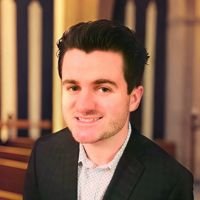


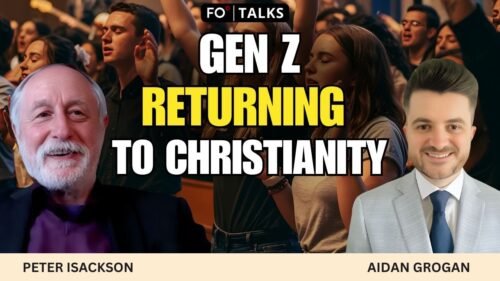
























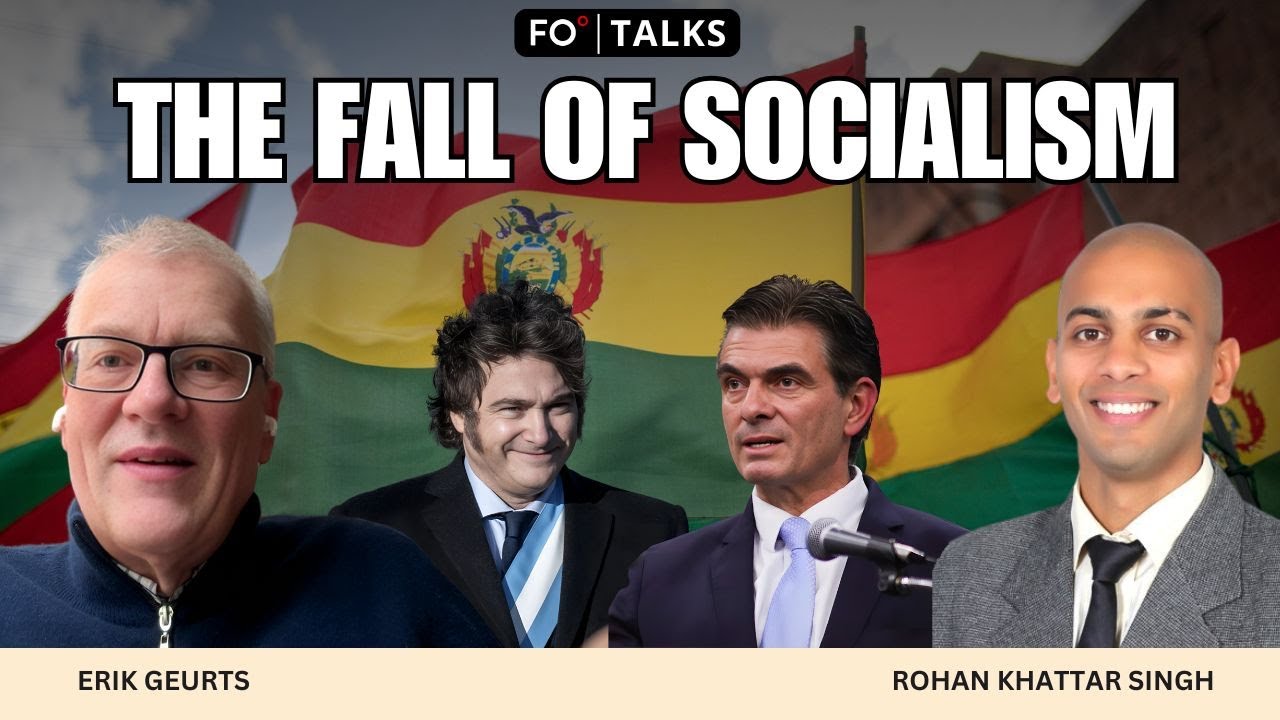





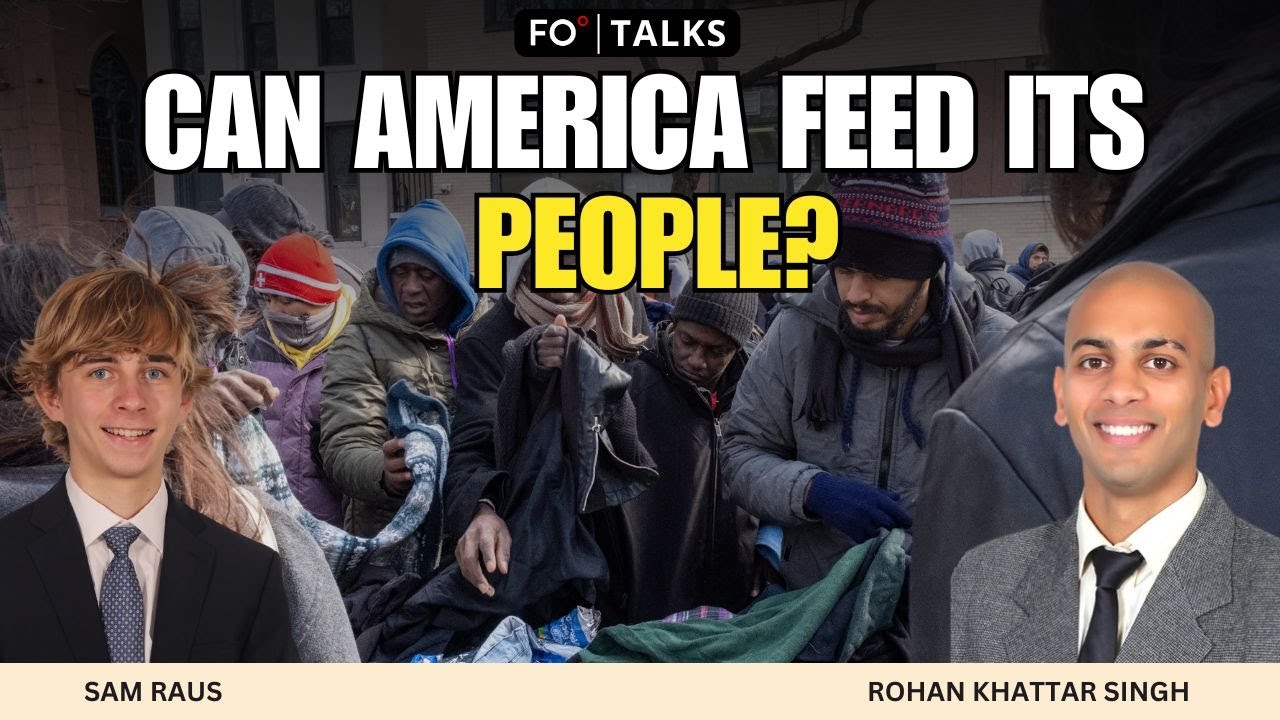





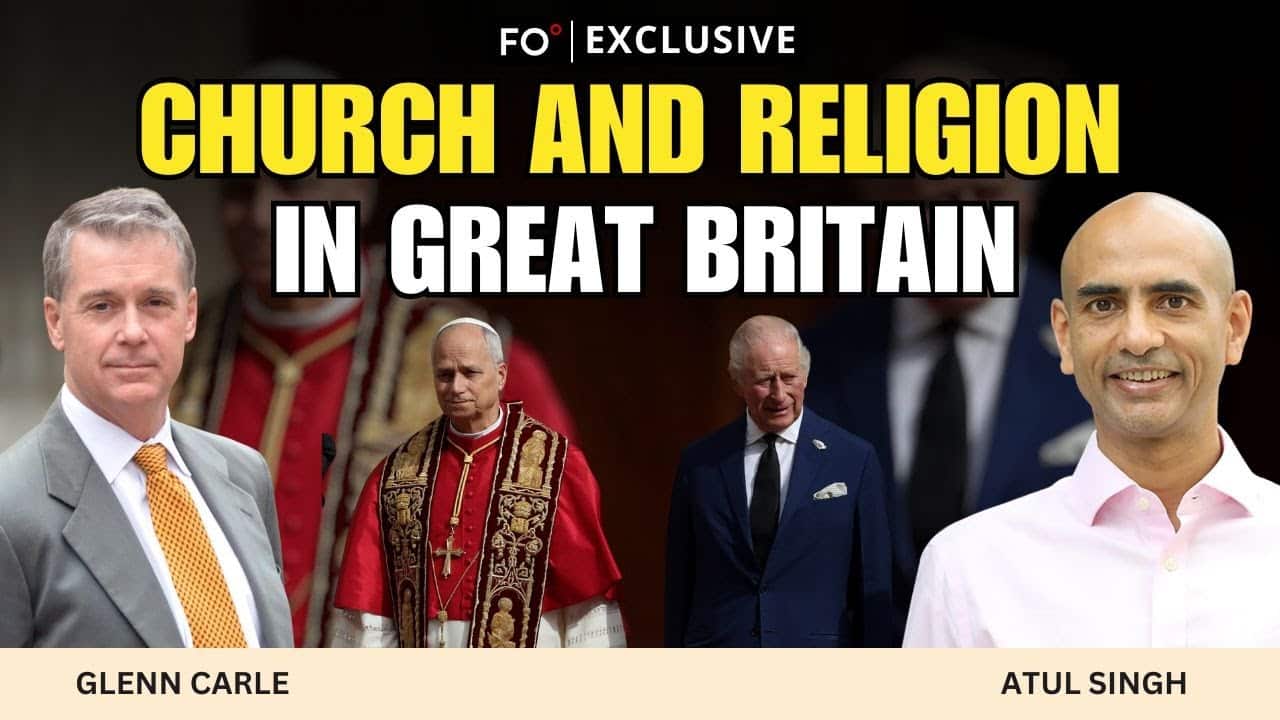

Comment